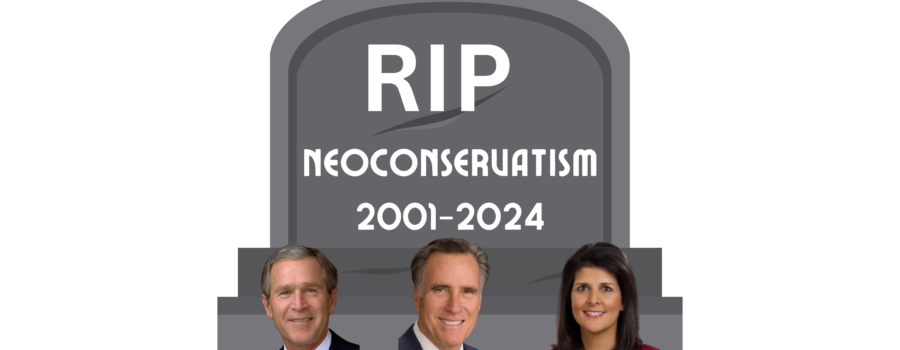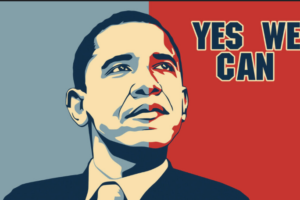The Party of the Elite
Hi everyone, this is Blue from Purple Politics. This is the first in a series of posts about why the Democrats lost the 2024 election and what the party can learn from this loss. This post talks about the wider global anti-incumbent trend and how Harris’ strategy of chasing moderate Republican voters failed. The next post will be about how Democrats alienated the working class, a large voter bloc they desperately need to win.
The Brat President?
On July 21, 2024, President Joe Biden officially withdrew from the presidential race, and his VP, Kamala Harris, was almost guaranteed to become the nominee. That same day, British singer Charli XCX tweeted that “Kamala IS brat,” referring to her new album and praising Harris. Immediately, the Harris campaign embraced this, and the summer of 2024 was proclaimed to be a “brat summer” as Kamala seemingly gained momentum and the Democratic Party seemed revitalized after Biden’s disastrous debate performance and the ensuing chaos. They had their new nominee, a (relatively) young, experienced, woman of color. She was a prosecutor, and her opponent was a convicted felon. She crushed him on the debate stage in September and took the lead in national polls and betting markets. Her net favorability soared from -15 to roughly -2, higher than Trump and Biden, and she seemed poised to win. Then, throughout October, slowly but surely, the momentum almost inexplicably turned towards Trump, as he took the lead in the betting markets and the polls narrowed to a dead heat. This continued till the last week, when Tony Hinchcliffe’s racist jokes at a Trump rally in Madison Square Garden and a shocking poll showing Harris up 3 in Iowa by a top-rated pollster put the wind back in the Democrats’ sails. Going into election night, we appeared poised for a days-long slog similar to 2020, with various pundits and pollsters casting the race as a dead heat with Harris strongly favored to win the popular vote.
Trump’s Historic Win
On election night, however, it all fell apart, bringing back memories of 2016. Trump quickly took a double-digit lead in Florida, flipping Miami-Dade red for the first time in 40 years, Harris struggled in Virginia and was unexpectedly weak in deep-blue New England, and by 9 PM PST, it was all but certain that Trump would win. Sure enough, as Tuesday slowly turned to Wednesday in the West, FOX News, then several other outlets, called the election for Trump. For a third time in a row, Trump had rewritten the rules of American politics, defied the pollsters and pundits, and became the first former president to win reelection in 132 years. In 2016, a forecasted blue wave turned into a narrow but shocking Trump victory. In 2020, another forecasted blue wave became a days-long slog ending in a much closer-than-expected win for Joe Biden. And in 2024, a forecasted dead heat turned into a red wave, with Trump performing better electorally than any Republican since George H.W. Bush in 1988 and winning the popular vote for the first time in 20 years. In this context, “brat summer” now feels like a sick joke, and we are now in for Trump winter, Trump spring, Trump summer, and Trump fall for the next four years. These results, while not entirely shocking, must be a wake-up call for the Democratic Party.
2024: Year of the Challenger
Was “brat summer” an illusion? Behind the facade of an energized Harris campaign and revitalized Democratic Party after Biden dropped out, was there any real reason to think that Harris actually had a shot? The short answer is no. The long answer is that the Democrats were at the mercy of a global anti-incumbent wave. In nearly every country and for parties of every ideology, from the centrists in France to the Conservatives in the UK to the BJP in India, incumbency has become a disadvantage. In fact, 2024 is the first year ever worldwide where every incumbent party lost vote share. The Democrats’ 4% loss of vote share is actually the 2nd best performance of an incumbent party this year, though this is likely more a result of the US’ extreme political polarization than anything else. Around the world, people are fed up with rising costs, income inequality, and the neoliberal status quo, and incumbent parties are bearing the brunt of this anger at the voting booth. To expect the Democrats to overcome this was a tall order, even while the economy looks good on paper and our post-pandemic recovery has been a lot better than most developed countries’ recoveries. In a post in May, I outlined how the 2024 economy resembled that of 1948 and 1980, and asked whether the 2024 election will resemble 1948 or 1980. Clearly, like in most of the world, the answer was 1980, with the unpopular incumbent party voted out amidst perception of a bad economy.
Chasing Moderate Republicans Failed
This being said, Trump’s victory was preventable, and the failure to prevent it was not a failure of Kamala Harris or Joe Biden or any one person. Instead, this was an institutional failure of the Democratic Party and the Democratic National Committee and a clear signal that things must change or the Democratic Party will find itself in the wilderness like it did in the 1980s. The Harris campaign’s strategy to chase moderate “Haley Republican” voters was a complete failure. Trump won the exact same percent of the Republican vote in both 2020 and 2024; 94%. Harris’ share of the Republican vote, 5%, was in fact lower than Biden, who won 6% of Republicans in 2020. Harris also severely underperformed with Independents, winning them by just 2 points after Biden won them by 13 in 2020.
Critically, a litany of abortion referendums, including in swing states, did not generate the wins Democrats were expecting; just 14% of voters pointed to it as their main issue. Even among voters who believed abortion should be legal, Harris greatly underperformed Biden, winning pro-choice voters by 39 points as opposed to Biden’s 50-point margin. The biggest shift was with pro-choice moderates, who said that abortion should be legal in most cases; this group swung from Biden+28 to a 49-49 tie. Paradoxically, abortion referendums, rather than bolstering Harris’s numbers, appear to have made pro-choice Republicans comfortable with voting for Trump, and Trump’s pro-choice past and current promise to veto a national abortion ban have made him appear as less of a threat to many pro-choice voters. Apart from abortion, Democrats had nothing else to drive their base to turn out, and Democrats hoped that fear of Trump, endless sermons about democracy, and a good-on-paper economy would deliver them a victory. This did not happen.
Anti-Trump Republicans, if they exist, exist in far too small numbers to make a stable coalition with Democrats, and it is clear that running on a platform of Bush-era neoconservative foreign policy was a dumb idea from the start. Campaigning with the Cheneys, buying endorsements from widely hated celebrities, and touting the endorsement of a man who left office with a 13% approval rating was not the power move the DNC and liberal establishment thought it was; it was yet another sign to an already aggrieved working class that the Democratic Party had become the party of the elite.



Most Commented Posts